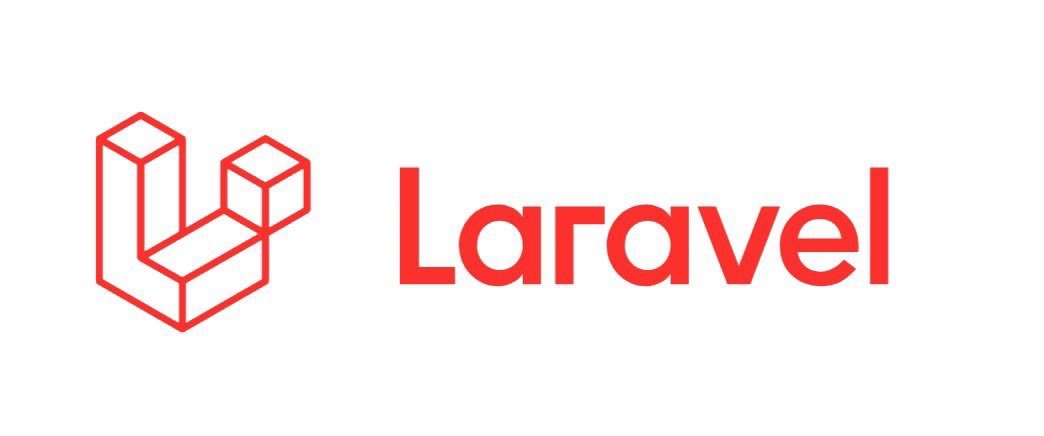
So you heard of Laravel kind of. Perhaps you are considering mastering it, but there are just too many things to consider. Tinker, Tinker? Artisan? Is there a composer? Why does all sound like classes of characters in a RPG game?
This is by no means a definitive guide, but if you ever asked yourself “why should I bother with all this material,” read on to begin with Laravel for some of the most frequently asked questions.
What is Laravel, and why is it being used?
Laravel is an open-source PHP platform developed with built-in features to make creating web applications easier and faster. Such features are part of what makes web developers use Laravel so widely:
-
A modular dependency-managed packaging system. It means that without writing them from scratch, you can easily add features to your Laravel app. You can either create your own code packages that you use on a routine basis or install packages that are ready to use through Composer.
-
A complete object-relational mapping system for authentication. Laravel’s eloquent ORM introduces database tables as classes for easier access and manipulation of data.
-
A command-line interface (CLI) with scoresof pre-built (Artisan) commands.
-
Automatic screening. As an integral part of Laravel, automated testing is provided
-
A virtual portable environment for development. Homestead offers developers all the tools needed to develop Laravel directly from the box.
Is Larevel backend or frontend?
The short reply is “backend.” The long one: Laravel is a server-side PHP framework; it allows you to build fullstack applications, meaning applications with features usually needing a backend, such as user accounts, exports, order management, etc.
MVC (Model-View-Controller) is an architectural framework used to split a device into three basic parts: data (Model), data display and adjustment interface (View) and data (Controller) operations.
Think of it as a pizza order. You are calling for Pepperoni pizza with a user request. The person making the pizza (the Controller) deconstructs it into a series of steps as soon as the order is registered: pick the dough, fire the oven, sprinkle the grated cheese. Only the limited resources at its disposal can be used by The Controller this limited tool set being the model: hands, oven, pizza tray etc. You eventually get the pizza, which is a beautiful View.
This way of structuring an app is useful as it keeps things in logical areas separated. This makes it easier to debug your code, less fragile and more organized. As part of its design, Laravel implements the MVC architecture.
Without PHP, can I learn Laravel?
Laravel is PHP at its heart, so it is not very effective to learn Laravel without having a good understanding of PHP. You won’t be able to create additional features and as part of the system you will be totally dependent on those Laravel ships In short, you need PHP and OOP principles to understand what’s going on under the hood and make full use of Laravel.
Is learning Laravel easy? What is Laravel’s best way to learn?
Laravel is considered to have a short learning curve, especially if you already know PHP. The community is really helpful even when you’re stuck, and there are plenty of resources to help you learn Laravel from scratch, from podcasts and videos to tutorials posted.
A good way to learn Laravel is to read the documentation, follow some of the online gurus like Taylor Otwell, Jeffrey Way and Freek Van der Herten, go through the tutorials and follow along. Finally, start building your own project as you go and google things.
Laravel is a CMS?
Laravel allows you full control over your software, unlike CMS’s like Drupal or Wordpress. With Laravel, for example, everything is done with coding, unlike Drupal or Joomla, where you can build interactive websites without writing a single line of code or even understanding what PHP is. Simply put, a CMS is an application that comes with basic features and is built on top of a framework Laravel is a frame work for building applications, including CMS apps.
Now, what next?
Although there is no shortcut to learn anything, particularly programming, there are ways to make it worthwhile. You don’t have to become suddenly a Laravel guru. Before you can start writing code, don’t stress learning every part by heart. Experiment, try out things, and learn something new every day.